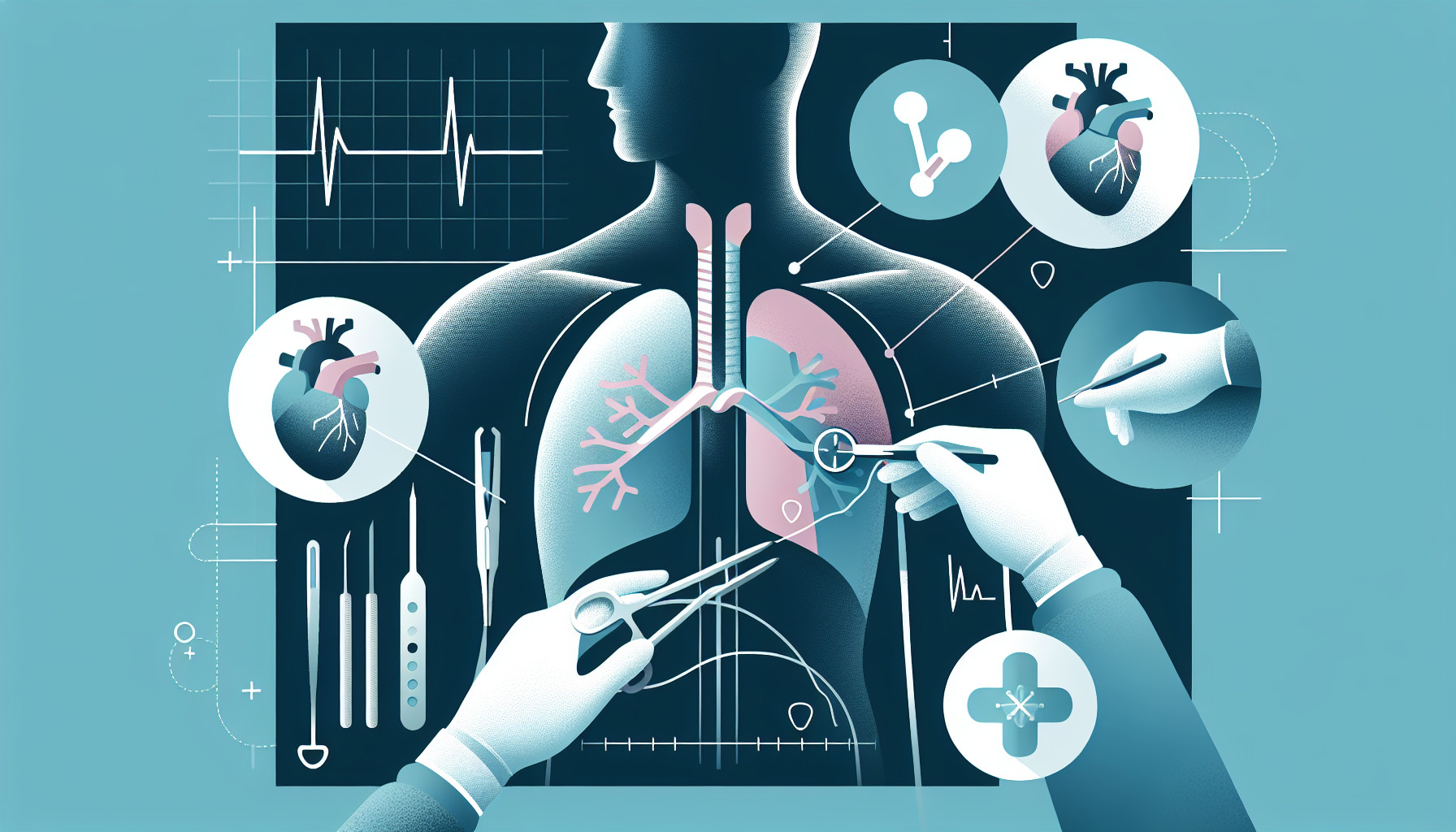Our Summary
This research study looked at how professional baseball players performed after having surgery for a rare condition called Thoracic Outlet Syndrome (TOS). This syndrome can affect the upper body and is becoming more recognized as a cause of problems in baseball players.
The researchers used a database of Major League Baseball players’ health and injury records to find players who had surgery for TOS between 2010 and 2017. They gathered information about each player before and after the surgery and compared it to players who had not had the surgery but were similar in other ways such as age, years of experience, and whether they pitched in the major or minor leagues.
They found that 52 players had the surgery, most of whom were pitchers. After the surgery, almost 80% of the players returned to play at the same or higher level within about 10 months and continued playing for at least three more years. This rate of returning to play did not vary based on the type of TOS or whether the player was in the major or minor leagues.
Pitchers who had the surgery did see a decrease in some performance measures, but this decrease was not any different from pitchers who did not have the surgery. This suggests that the decrease in performance after the surgery was not any different from what is normally seen in professional pitchers as they get older.
In conclusion, the majority of professional baseball players who had surgery for TOS were able to return to play at the same or higher level. Their performance after surgery was not significantly different from players who did not have the surgery.
FAQs
- What is Thoracic Outlet Syndrome (TOS) and how does it affect baseball players?
- What was the impact of TOS surgery on the performance of professional baseball players according to the research study?
- Did the type of TOS or whether the player was in the major or minor leagues affect the rate of returning to play post-surgery?
Doctor’s Tip
A doctor might advise a patient considering thoracic outlet syndrome surgery to carefully follow post-operative rehabilitation protocols and work closely with physical therapists to regain strength and mobility in the affected area. It is important to be patient with the recovery process and not rush back to physical activity too soon to prevent re-injury. Additionally, maintaining good overall physical conditioning and proper posture can help prevent recurrence of symptoms in the future.
Suitable For
Patients who are typically recommended thoracic outlet syndrome surgery are those who have not responded well to conservative treatments such as physical therapy, medication, or injections. Surgery may be recommended for patients who continue to experience severe pain, weakness, or numbness in the upper body, particularly in the arms and hands. Patients who have been diagnosed with specific types of TOS, such as neurogenic or vascular TOS, may also be candidates for surgery. Additionally, patients who have a significant loss of function or quality of life due to their TOS symptoms may be recommended for surgery. It is important for patients to discuss their symptoms and treatment options with their healthcare provider to determine if surgery is the best course of action for their individual case.
Timeline
Overall, the timeline for a patient with thoracic outlet syndrome before and after surgery may look something like this:
Before surgery: The patient may experience symptoms such as pain, numbness, weakness, and tingling in the neck, shoulder, arm, and hand. They may have difficulty with everyday tasks, sports performance, and overall quality of life. They may undergo various diagnostic tests to confirm the diagnosis of TOS and explore non-surgical treatment options such as physical therapy, medications, and lifestyle modifications.
Surgery: If non-surgical treatments are not effective, the patient may undergo surgery to relieve compression in the thoracic outlet area. The surgery may involve removing part of a rib or muscle to make more space for the nerves and blood vessels in the area.
After surgery: The patient will undergo a period of recovery and rehabilitation to regain strength, mobility, and function. They may experience some pain, swelling, and stiffness in the surgical area initially, but these symptoms should improve over time with proper care and physical therapy. The patient will gradually return to normal activities and may be able to resume sports participation after a certain period of time. Follow-up appointments with the surgeon and physical therapist will monitor progress and address any concerns.
Overall, the goal of surgery for thoracic outlet syndrome is to improve symptoms, restore function, and enhance quality of life for the patient. With proper care and rehabilitation, most patients can expect a positive outcome and return to their desired level of activity.
What to Ask Your Doctor
Some questions a patient should ask their doctor about thoracic outlet syndrome surgery include:
- What are the potential risks and complications associated with the surgery?
- What is the success rate of this surgery in terms of relieving symptoms and improving function?
- What is the expected recovery time and rehabilitation process after the surgery?
- Will I need to make any lifestyle or activity modifications after the surgery?
- Are there any alternative treatment options to consider before opting for surgery?
- How experienced are you in performing this type of surgery, and what is your success rate?
- What type of physical therapy or post-operative care will be necessary for optimal recovery?
- How long will I need to be off work or sports activities after the surgery?
- Will I need to follow up with you or a specialist for ongoing monitoring and care after the surgery?
- What are the long-term outcomes and potential for recurrence of symptoms after the surgery?
Reference
Authors: Chauhan A, Chalmers PN, Erickson BJ, Thompson R, Pearl GJ, Romeo AA, Hoenecke HR, Ma K, Tenner Z, Fronek J. Journal: Am J Sports Med. 2024 Jun;52(7):1692-1699. doi: 10.1177/03635465241243244. Epub 2024 May 4. PMID: 38702964
